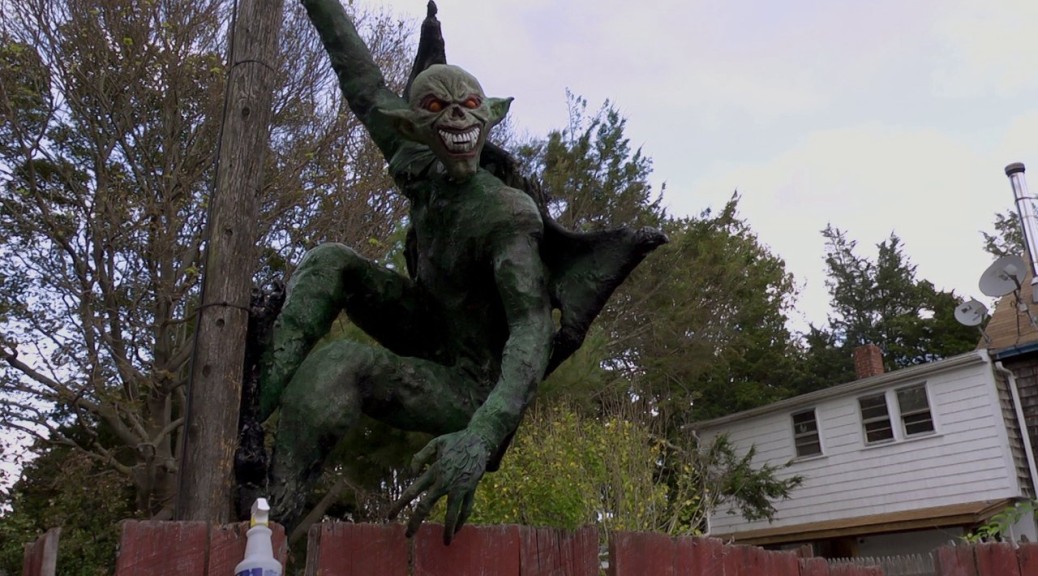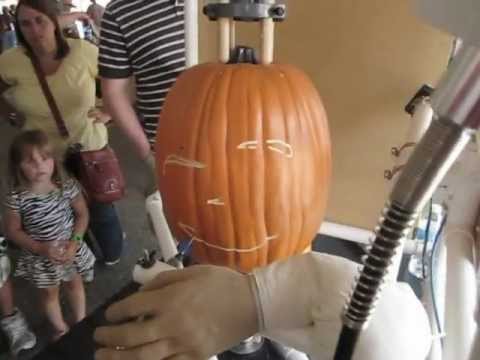The following is the conclusion of a newspaper article about the property shop of E. L. Morse on Twenty-ninth Street in New York City. The article first appeared in The New York Times on May 8, 1904, and Mr. Morse’s property shop is long gone. I have previously posted the introduction, a bit on Morse’s career, a story of a fake fish he built,  all the skills a prop maker must possess, making things from papier mache, and dealing with people who don’t know what they want.
The old property master is thoroughly happy in his dusty den. He stays there from early morning till dusk. He likes the room so much that he brings his lunch with him to avoid going out for it. It is evident, after a moment’s talk with him, that his is not living and working at his trade every day merely for the shekels that may come to him.
Every object in the dingy place brings back the memory of some man or playhouse formerly dear to him. He hates to throw away anything that has been put on the stage and has come back to him. It is not so much that he made as it is that So-and-So wore or handled it.
The visitor to his shop some rainy afternoon will find a unique sort of gathering. Of the ten or a dozen men sitting around on old couches, chairs, or boxes, not one but is a stage carpenter, property maker, or in some way connected with the behind-the-scenes phase of the theatrical business.
They all know Morse, and they have come to chat with him. Most of them are as old and experienced as he is, and consequently they have a sort of reverence for him. They talk of theatrical affairs from fifty years ago up to the present day. They argue over whether a stage that was torn down thirty years ago had one trap door or two, whether it was 35 or 40 feet broad. Their hands linger fondly over scroll saws and other implements, and they never leave at nightfall without heaving a sigh that the hours have passed so quickly.
It is their greatest joy—this discussion of their trade and of the good old days. And there is nowhere they would rather go for their gossip than to the half-hidden shop labeled “E. L. Morse, Theatrical Properties.”
This article first appeared in the New York Times, May 8, 1904.


